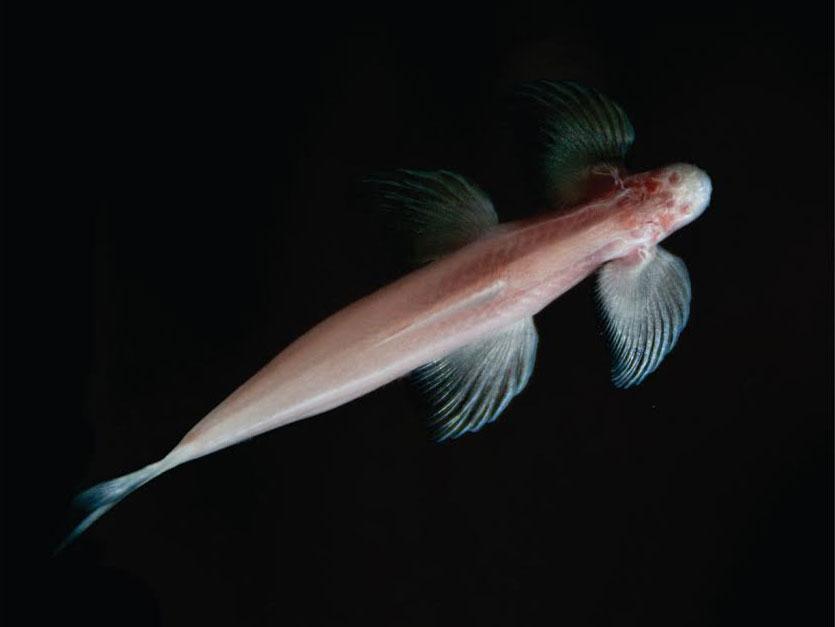As we reported earlier this week, the recently launched Japanese satellite, ASTRO-H, nicknamed Hitomi, suddenly went dark, losing all communications with the Japanese space agency, but now, according to an article on gizmodo.com, the satellite has sent two very short messages to its controllers, and they are trying to figure out what went wrong and how to fix it.
Hitomi was launched on February 17th of this year, and until this week had been sending back some exciting data, said Chris Reynolds, a University of Maryland astronomy professor. “It’s fabulous data, it’s transformational data. That’s why there is widespread shock about what’s happening. We all recognize how much fabulous science could come from [Hitomi].”
The initial mission of the satellite was to gather X-ray spectroscopy data from black holes and other cosmic X-ray sources, hoping to shed some light on the physical laws that affect them. If the spacecraft is lost, astronomers across the globe would experience a major disappointment.
JAXA, the Japanese space agency, said in a press release they did receive a short signal from the satellite, and they are working on recovery. Major concerns were raised earlier this week when the US Joint Space Operations Center announced they had detected debris in the general area of where the satellite should be located, fueling speculation the craft had been struck by other debris or exploded. The agency has since said they haven’t seen evidence of a collision.
The article says video of the Hitomi, shot by astronomer Paul Maley in Arizona, shows the satellite is still there, but is spinning at a rate of one full rotation every 23.5 seconds. That could help account for the inability of the satellite to communicate with controllers on the ground. Under normal conditions, the satellite’s antenna would be pointing at the Earth, but if it is indeed tumbling through space, communicating with the craft becomes much more difficult.
The ground team suspects that a stuck rocket thruster or some type of escaping gas, essentially acting as a thruster, could be causing the craft to rotate so quickly, but they admit that is just speculation. Still, the fact that some short messages made it through gives hope of rectifying the problem with the craft, and keeping hope of recovery alive.
Reynolds summed it up with “We all still have hope. We’re not prepared to declare it lost yet.”










